In a groundbreaking marine observation, a research team off New Zealand‘s northern coast used a drone to capture rare footage of an octopus clinging to a shortfin mako shark, the fastest shark species in the world. The unusual encounter, reportedly documented in the Hauraki Gulf during a December 2023 expedition, has left scientists baffled and sparked new questions about marine behavior. This discovery highlights the power of Drone Technology in uncovering hidden ocean interactions, offering DroneXL readers a front-row seat to a phenomenon that challenges conventional marine biology.
An Unexpected Sighting in Open Water
The expedition began as a routine study of marine life in the Hauraki Gulf, a biodiversity hotspot. Researchers from the University of Auckland, led by marine biology professor Rochelle Constantine, initially spotted a metallic grey dorsal fin slicing through the water—a telltale sign of a shortfin mako shark (Isurus oxyrinchus). What caught their attention, however, was a bright orange patch on the shark’s head, which they initially mistook for an injury or a buoy.
“We launched the drone, put the GoPro in the water and saw something unforgettable: an octopus perched atop the shark’s head, clinging on with its tentacles,” Constantine explained.
The drone footage revealed the octopus holding firm as the shark swam slowly, an interaction that lasted approximately 10 minutes before the team moved on.
Octopuses typically inhabit the seafloor, while shortfin mako sharks roam the pelagic zone—open ocean waters far above the seabed. The sight of a 3-meter (10-foot) apex predator carrying an octopus passenger in such a contrasting habitat stunned the team.
“The octopus’s presence on a 3-meter predator that normally cruises near the surface raises questions about how these two animals could have crossed paths in such contrasting habitats,” the report noted.
The Sharktopus Sighting Stuns Scientists
Shortfin mako sharks are renowned for their speed and agility, capable of reaching speeds up to 46 mph (74 km/h). Their streamlined bodies and powerful tails allow them to pursue swift prey like swordfish, tuna, and squid, with some individuals growing up to 12 feet (3.7 meters) in length and weighing as much as 1,200 pounds (545 kilograms). These sharks are also known for their impressive jumping ability, documented leaping as high as 20 feet (6 meters) out of the water, and can dive to depths of 1,640 feet (500 meters).
Despite these formidable traits, the mako in this encounter appeared unbothered by its passenger.
“The shark may not be bothered by the octopus—it certainly didn’t appear to be bothered as it swam along slowly,” Constantine observed.
The team noted that the shark’s leisurely pace might have been deliberate, possibly allowing the octopus to maintain its grip. Researchers observed the octopus keeping all its tentacles gathered on the shark’s head, a position that could serve multiple purposes, such as camouflage, stability, or an attempt to avoid detection.
“I suspect the octopus would have dislodged if the shark swam faster,” Constantine added, highlighting the delicate balance of this interaction. The behavior suggests a potential survival strategy for the octopus, though the exact motivation remains unclear.
Fastest Shark Meets Unlikely Hitchhiker
The shortfin mako’s reputation as the ocean’s fastest shark makes this encounter even more intriguing. These predators are built for speed, with a physiology that supports bursts of acceleration to chase down prey. Their range spans tropical and temperate waters globally, often near the surface but capable of deep dives. In contrast, octopuses are typically bottom-dwellers, using their intelligence and camouflage to hunt crustaceans and small fish while avoiding predators.
The pairing raises several questions: How did the octopus end up in the pelagic zone? Was it using the shark as a mode of transport, a shield from other predators, or a vantage point for hunting? Marine biologists have documented octopuses displaying remarkable adaptability, but this behavior—hitching a ride on a high-speed predator in open water—has not been previously recorded in such a context.
One theory is that the octopus may have been seeking refuge. The open ocean is a dangerous place for a creature adapted to the seafloor, and clinging to a mako could deter other predators. Alternatively, the octopus might have been using the shark’s mobility to access new hunting grounds, a strategy that would demonstrate an extraordinary level of opportunism.
READ MORE: RARE HUMPBACK WHALE SIGHTING IN SHALLOW NEW JERSEY WATERS CAPTURED BY DRONE ARTIST
Drone Technology Unlocks New Marine Insights
This discovery underscores the transformative role of drones in marine research. The team’s use of a drone equipped with a GoPro camera allowed them to observe the interaction from both above and below the surface, capturing high-resolution footage that would have been impossible with traditional methods. Drones have become indispensable tools for marine biologists, offering a non-invasive way to study elusive species in their natural habitats.
The Hauraki Gulf sighting demonstrates how drones can reveal behaviors that challenge existing scientific understanding. For DroneXL readers, this event highlights the potential for unmanned aerial vehicles (UAVs) to expand the boundaries of ocean exploration. Drones equipped with advanced imaging systems can cover vast areas, track fast-moving subjects like makos, and provide real-time data to researchers—all while minimizing disturbance to marine life.
However, the use of drones in marine environments also raises regulatory considerations. In New Zealand, drone operators must comply with Civil Aviation Authority (CAA) rules, which include maintaining a line of sight with the UAV and avoiding restricted airspace. Additionally, researchers must adhere to marine protection laws to ensure their activities do not harm protected species like the shortfin mako, which is classified as endangered by the International Union for Conservation of Nature (IUCN) due to overfishing.
DroneXL’s Take: A Glimpse into the Future of Marine Research
This extraordinary encounter between an octopus and a shortfin mako shark showcases the immense potential of drone technology in marine science. For DroneXL readers, the implications extend beyond the biological discovery. Drones are revolutionizing how we study the ocean, offering a cost-effective, scalable solution for monitoring marine ecosystems. The ability to capture detailed footage of rare interactions like this one could lead to new insights into species behavior, habitat dynamics, and even climate change impacts.
At the same time, the sighting raises questions about the ethical and environmental responsibilities of drone operators. As UAVs become more common in marine research, ensuring compliance with local regulations and minimizing ecological impact will be critical. The shortfin mako’s endangered status also serves as a reminder of the need to balance scientific curiosity with conservation priorities.
For recreational drone pilots, this story offers inspiration to explore the natural world responsibly. Whether you’re flying over coastal waters or inland lakes, drones can provide a unique perspective on Wildlife—provided you follow best practices and respect the environment. The “sharktopus” phenomenon may be a once-in-a-lifetime sighting, but it’s a testament to the endless possibilities that await those who take to the skies with curiosity and care.
Discover more from DroneXL.co
Subscribe to get the latest posts sent to your email.


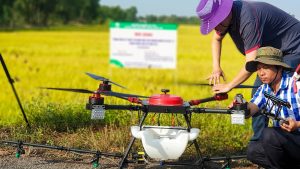
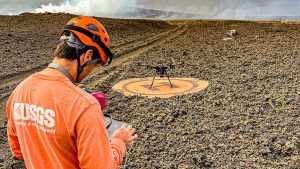



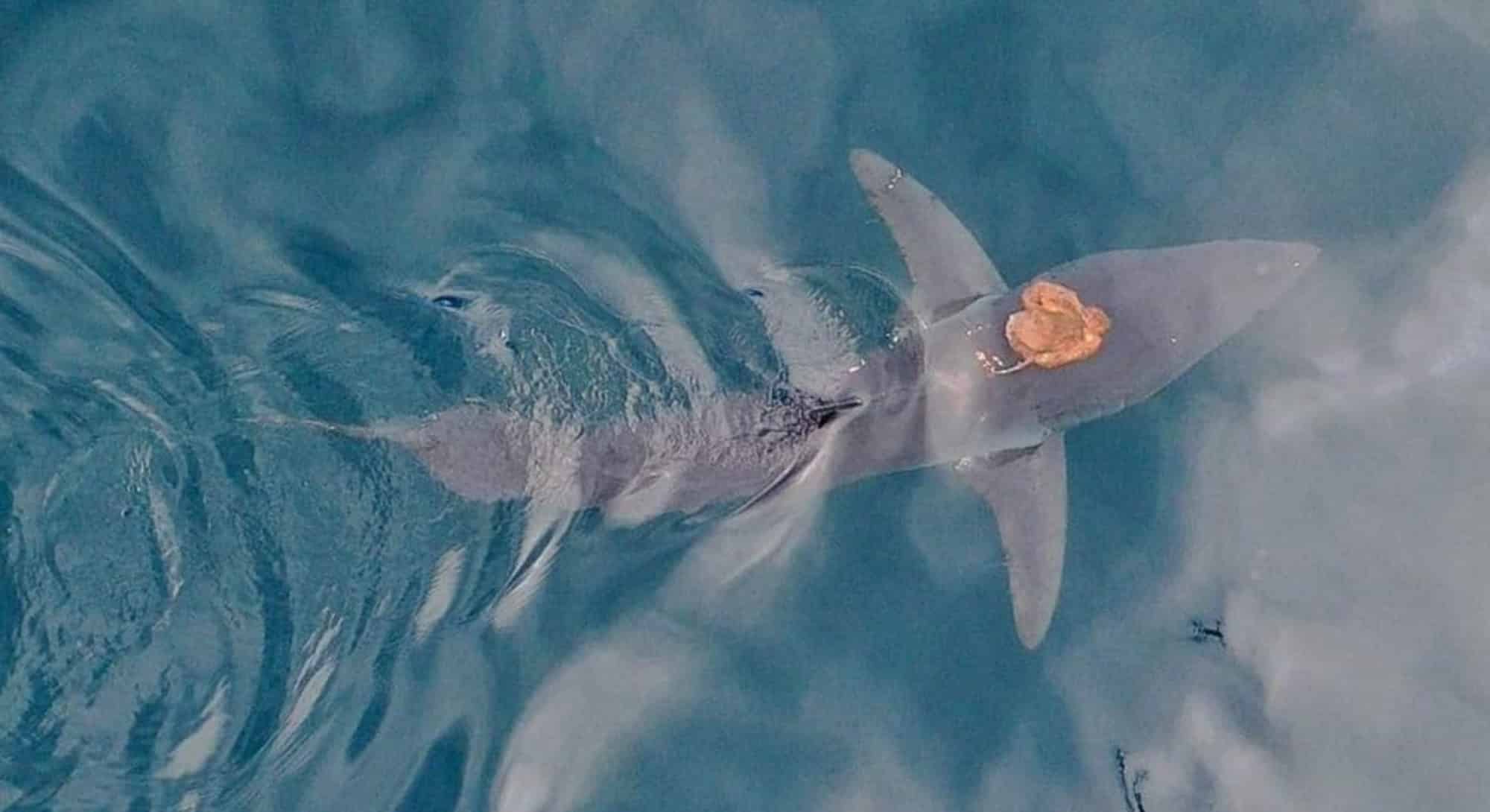



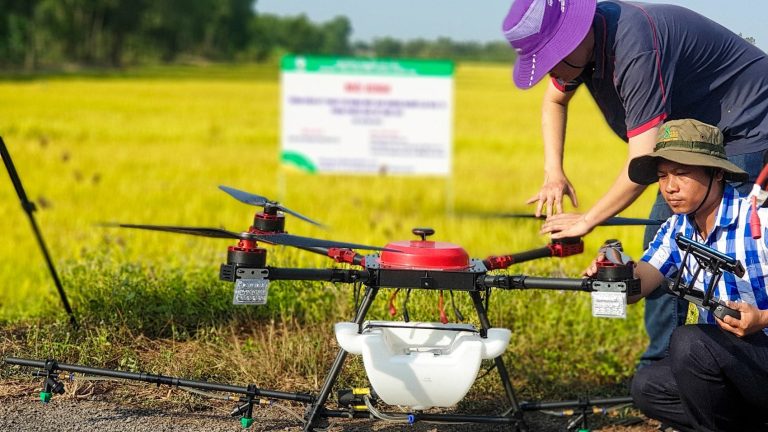
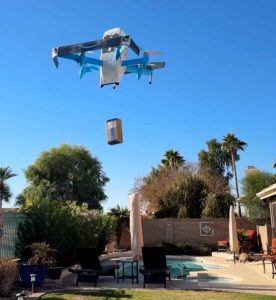




+ There are no comments
Add yours